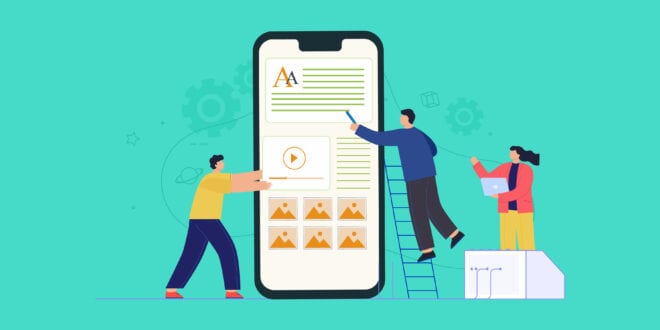The vast majority of the world’s population cannot imagine their everyday lives without smartphones. These ubiquitous tools now help us make video calls, surf the Internet, create important documents, send emails, play sophisticated MMORPG games, and even run businesses. So, it comes as no surprise that the number of people aiming to create their own applications is constantly growing. And if you’re reading today’s article, chances are you also consider giving this idea a shot. Though turning your fantasy into a successful app is quite a laborious and financially strenuous undertaking, getting an experienced and thoughtful developer is half success. It’s your developer who will help you transform your idea into a profitable project by choosing the optimal development tool wherewith your future app will be created. Still, before you jump into the process, you may want to check out the options you have at hand.
Subtleties and Stages of App Development Process
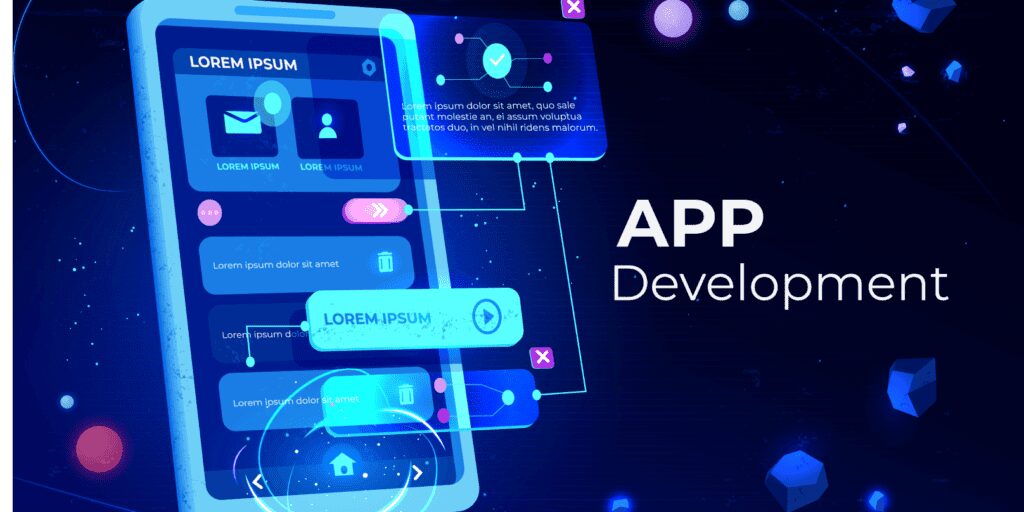
You would be well-advised to communicate your ideas clearly and discuss it in detail when it comes to developing your app. But before that, make sure to test the viability of your app idea. The truth is the app market is teeming with offers that are often end up gathering dust on the Apple App Store or Google market. If you want your project to avoid such a sad lot, do research the market carefully and ensure that there is a demand for the product you aim to build. Get to know your end user. Conduct a survey on the popular social media platforms or hire a professional SMM specialist to help you out. Once you arrive at the core features and the ballpark figure, you may want to create the MVP version of your app to be able to understand your target audience’s interest in your product and thus access its profit potential. Test the ready product is another important stage in the development process you won’t want to skip. It will help you make sure there are no glitches and bugs that may detract from UX and decrease customer satisfaction. Finally, you’ll need to decide on the efficient development tool to build the app of your dream. Below are some noteworthy options you may want to utilize when working on your project.
1. Ruby on Rails

The benefit of using Ruby on Rails, a server-side web app framework, is that it provides you with all the tools necessary to keep your code organized. Everything in Rails is designed to make the life of your app developer easier, which means less labor costs. Ruby allows writing less code and accomplishing more. There are a few principles that have guided Rail since it was created. And those are the MVC, Convention over Configuration, and Don’t Repeat Yourself (DRY). The MVC is the architecture that separates your app into three distinct parts. Models handle the business logic and do the hardest job when it comes to developing your app. Views render the data from your models and handle the logic of the presentation the end user sees and interacts with. Controllers handle the flow of the app. Convention over Configuration is a set of assumptions and defaults, which enables engineers to spend more time coding and less time tinkering with configuration files. Finally, DRY aims to reduce the repetition in your code and make it more maintainable, extendable, and less prone to bugs and glitches. If you’re still hesitant as to whether using Ruby on Rails is the right fit for you, there’s a comprehensive article you can read here.
2. React Native
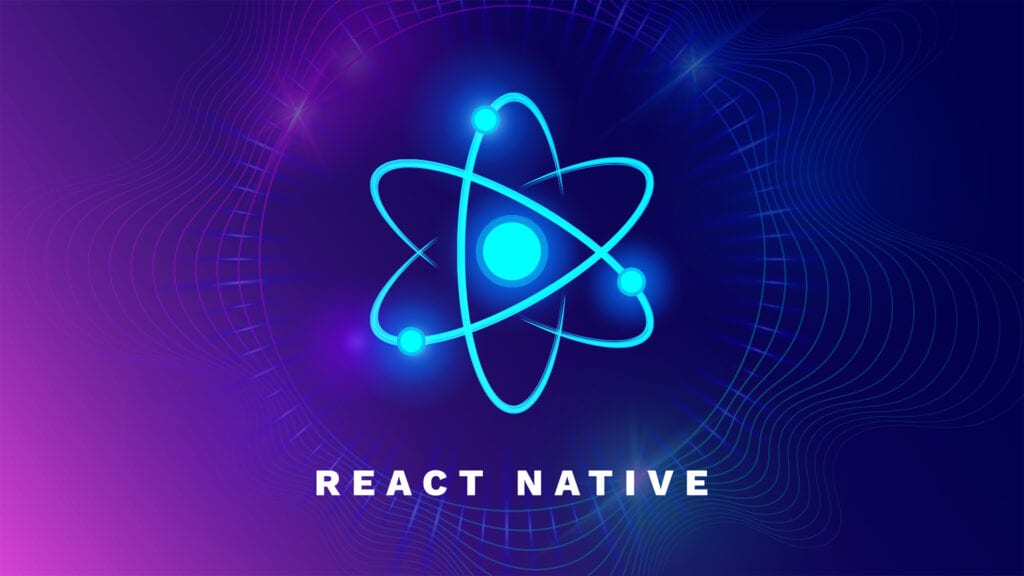
React Native is an excellent solution created by Facebook. This tool is now famed for its ease of use and versatility. It enables you to build robust mobile apps for a variety of native platforms. The reason why so many developers opt for React is the ability to create more responsive and intuitive user interfaces by splitting each page into small chunks and components. This makes it possible to reduce load times and boost your user experience. The framework in question eliminates the need for creating two different codebases for iOS and Android. Your developers can easily reuse the same codebase to make your app compatible with each platform. Needless to say, this allows you to cut development costs and get your app up and running in a rapid and efficient manner.
3. Flutter

Looking for the best solution to create a scalable app? You may want to set your sights on Flutter, the fast-growing framework created by Google. It’s well-liked by both developers and business owners aiming to create effective and pocket-friendly solutions. As with its React Native counterpart, you can rely on Flutter to speed up the development process and implement more functionalities for less money. As you might have guessed, Flutter coders can get by with one and the same codebase for Android and iOS, which makes it ideal for cost-effective cross-platform development. What’s more, if you decide on Flutter, you’ll get a plethora of libraries and plugins. It also provides you with effective debugging solutions, which will come in especially handy during the testing phase of your development process.
4. Xamarin
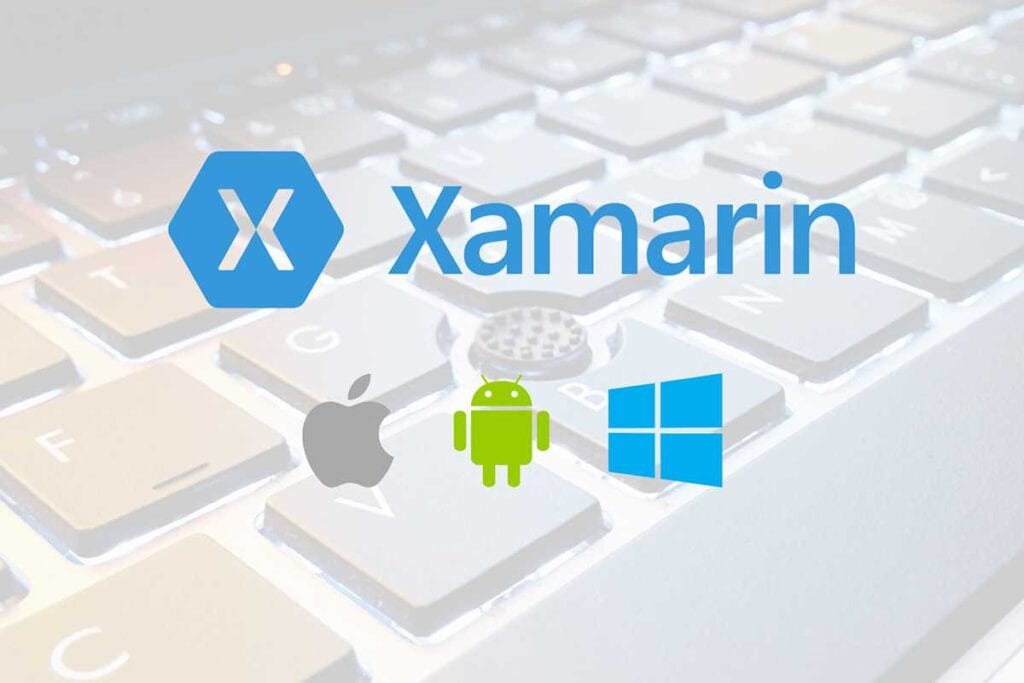
If you want to develop a native app with a wide variety of features, consider using Xamarin. This tool can quickly access data across different platforms and reuse business logic layers. Its main task is to ensure that what can be seen on web pages is displayed on the screen. Lots of developers now opt for this framework to create scalable apps that don’t require multiple cross-platform tests and can run equally well across more than one platform.
5. Appcelerator Titanium
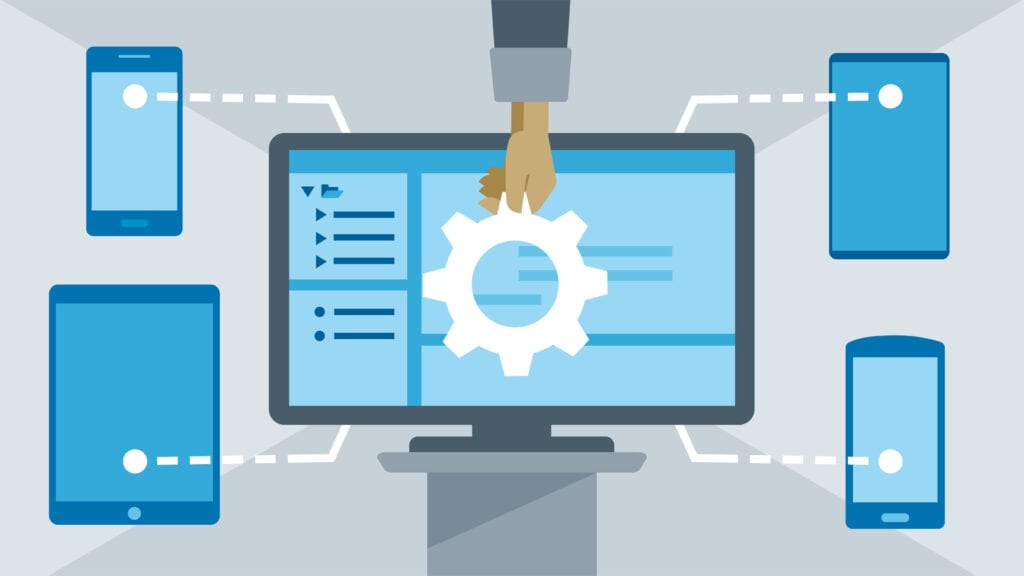
Titanium is a cross-platform native solution where you write in one language, JavaScript, across all the platforms you’re targeting. You can use native modules to integrate third party SDKs or access parts of the operating system that aren’t exposed in the Titanium SDK. You can also do MPC-based development. And it’s part of the Appcelerator platforms that includes ArrowDB, analytics, Hyperloop, app designer, and much more. With Titanium you’ll get a fully native GUI. You can code with one codebase, which means that you can share 95 percent of the code. So, Android, iOS, and Windows can all have a single codebase that can be deployed to these three platforms, which means you’re making the changes once and get them across a variety of platforms.
Afterword
You shouldn’t expect that your app development process will go off without a hitch. There will be times when you need to skimp on digital marketing or hold off on the implementation of some features you might be dreaming about. Still, with due diligence and a team of professionals by your side you’ll manage to emerge victorious from any predicament that may befall you on your road to launching a handy and profitable app.
 Imagup General Magazine 2024
Imagup General Magazine 2024
